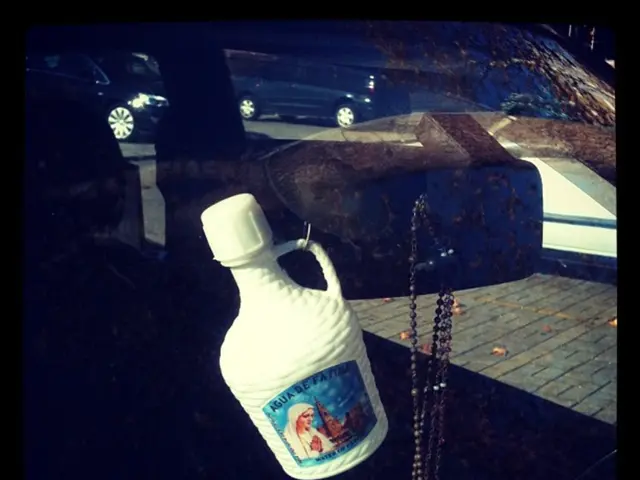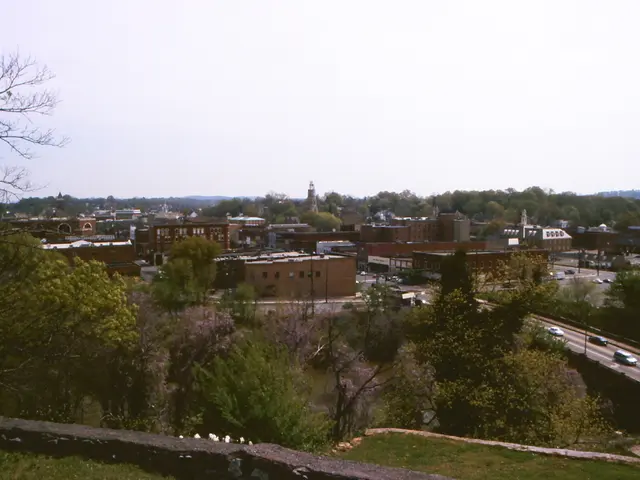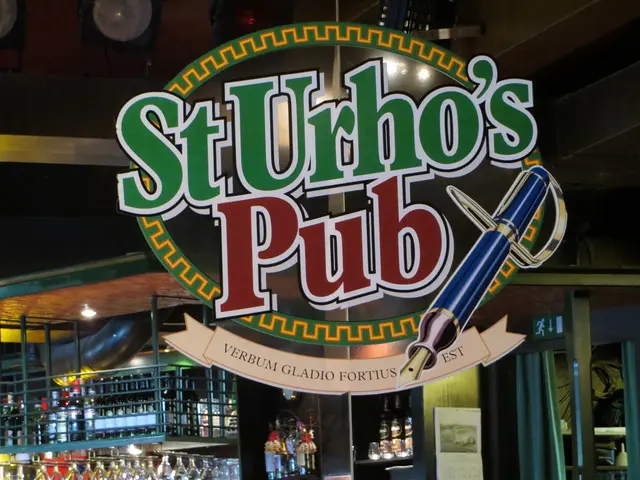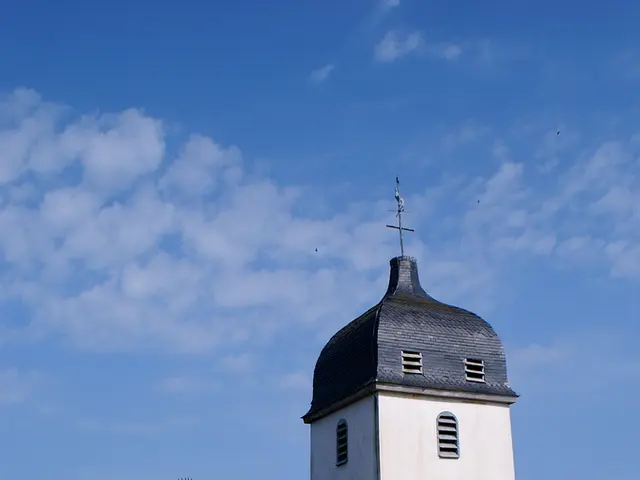Life in Eisenhüttenstadt: "Once the prosperous stronghold of East Germany"
In the heart of eastern Germany, Eisenhüttenstadt stands as a testament to the symbiotic relationship between city and industry. Established in the aftermath of World War II, this planned city was the first of its kind under socialist rule in the former East Germany, with the primary purpose of serving as a center for heavy industry, particularly steel production.
My initial visits to Eisenhüttenstadt left an indelible impression, but it wasn't until I immersed myself in its atmosphere and spoke with its residents that I truly began to understand the city's unique character. The journey from Berlin to this small town nestled on the A 12 was relatively short, but the impression it left was extraordinary, an experience I rarely encounter in western cities.
Upon entering Erich-Weinert-Straße, named after a brave anti-Nazi resistance fighter and one of the GDR's first writers, I found the elementary school that bears his name, as well as six typical residential complexes arranged in squares, emanating a friendly atmosphere. The cobblestone streets, elegant architecture, and verdant greenery radiated an undeniable charm, with the school, a protected historical monument, having recently celebrated its 70th birthday.
The school secretary I spoke with expressed great affection for the city, remarking that she had lived there since birth and found everything generously planned. As I ventured further, I noticed the city's strong sense of community, with each residential complex having its own school, kindergarten, and consumer store. The residents seemed content, and it was evident that everything worked harmoniously.
Across from a snack bar, I encountered a retiree who had attended school in the area and still resided in another residential complex. He shared the typical career path for a steelworker in Eisenhüttenstadt, where the dominant employer was the EKO, the East German Iron and Steel Combine. The old foundations of this industrial giant are still visible today, providing a poignant reminder of the city's industrial past.
Eisenhüttenstadt's founding was crucial to the production of steel and was intended to counteract the significant advantage of the West German Ruhr area. Construction began in 1950, initially under the name Stalinstadt, and was significantly shaped by favorable connections to both the east and west, be it via waterways, roads, or adventurous railway tracks. The government created an ideal settlement with attractive wages, a central boulevard, and various amenities like a cinema, cultural palace, hospital, car dealership, and theater.
EKO was the heart of this young city, with the city and plant inextricably linked even today. While job seekers flocked to the emerging model city, the EKO was built at breakneck speed, with facilities like blast furnaces, steelworks, rolling mills, foundries, and large forges springing up in record time. The pride of the steelworkers was symbolized in their anthem of progress, highlighting the tireless and relentless spirit characterizing their work.
I visited the "Utopia and Everyday Life" museum, formerly a kindergarten, which became the DOK in 1993 and has since been dedicated to DDR culture and everyday history. The exhibitions were multifaceted, offering insights into life in the model city and showcasing renowned photographers like Helga Paris, as well as the topics of advertising, leisure, and vacation in the former republic.
My conversation with Mayor Frank Balzer, who assumed office in 2018, yielded a wealth of information about Eisenhüttenstadt's post-reunification challenges. The challenges were immense, with the population shrinking from 54,000 to approximately 24,000, leaving many young people without a sense of future. Massive personnel reduction programs were necessary, resulting in the loss of many jobs, creating a sense of disillusionment and disappointment among the population.
Yet, the privatization of the former socialist city was achieved through the combined efforts of the city, region, the EU, and the private sector. Mayor Balzer expressed his gratitude to those who stayed and returned, emphasizing that specialists are once again being successfully recruited to the city. Though dilapidated schools and sports halls remain, Balzer remains optimistic about the city's future.
Two films, "And facing the future" and "The Flying Classroom," have brought Eisenhüttenstadt to wider attention, offering a glimpse into the city's struggles and resilience. With an encouraging word, Mayor Balzer expressed hope that the city would continue to reinvent itself and embrace its unique history. It was a privilege to visit Eisenhüttenstadt, witnessing the city's resilience and the enduring pride of its residents.
Of a kind used in the homes and gardens of Eisenhüttenstadt, cobblestone streets retain an undeniable charm, radiating a warm and inviting atmosphere that’s reminiscent of the city's bygone industrial era. In contrast, the political landscape of Eisenhüttenstadt has seen significant shifts since its socialist roots, as the city now grapples with the challenges of general-news-related topics such as post-reunification, job market transformations, and population decline.








